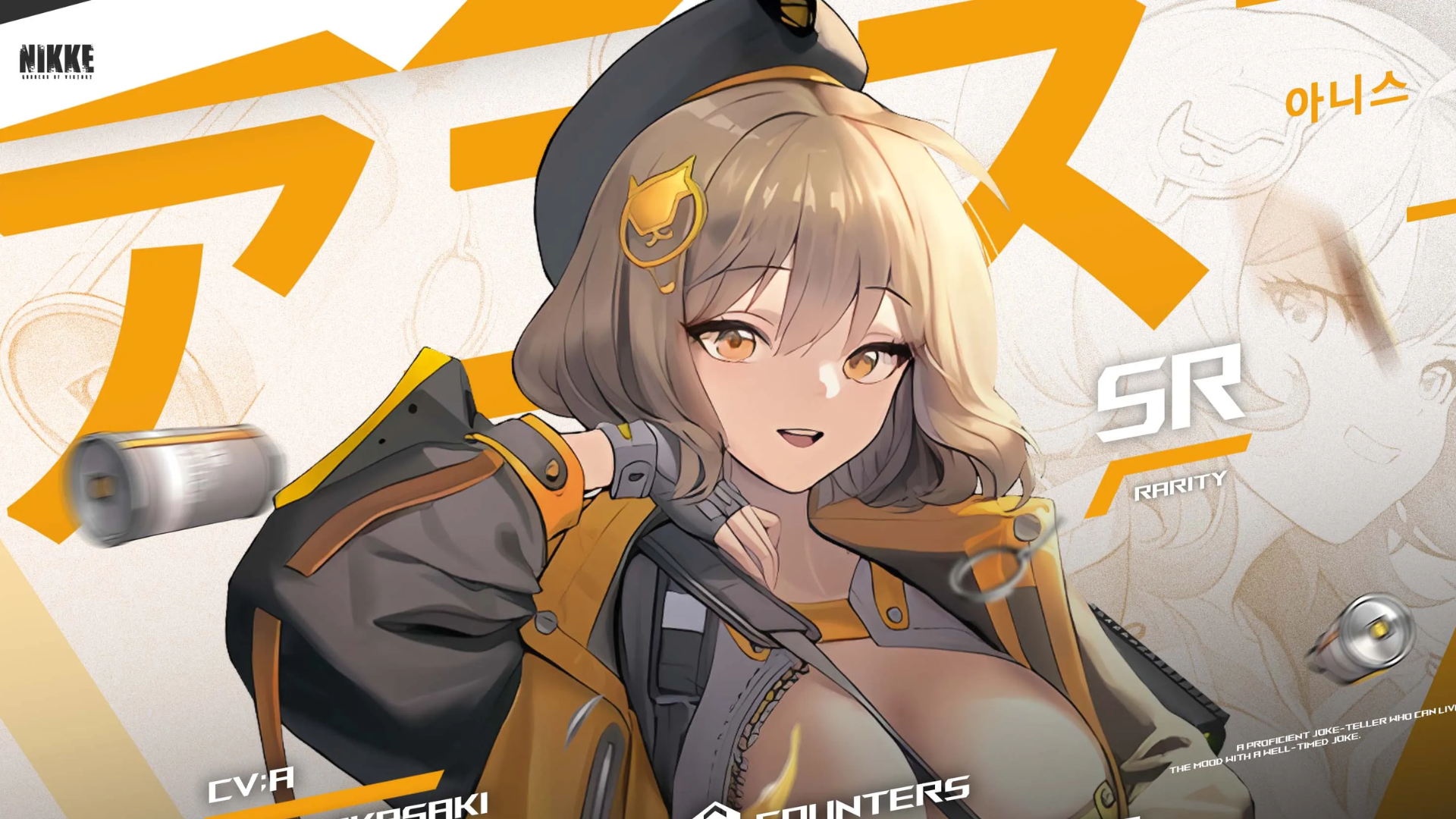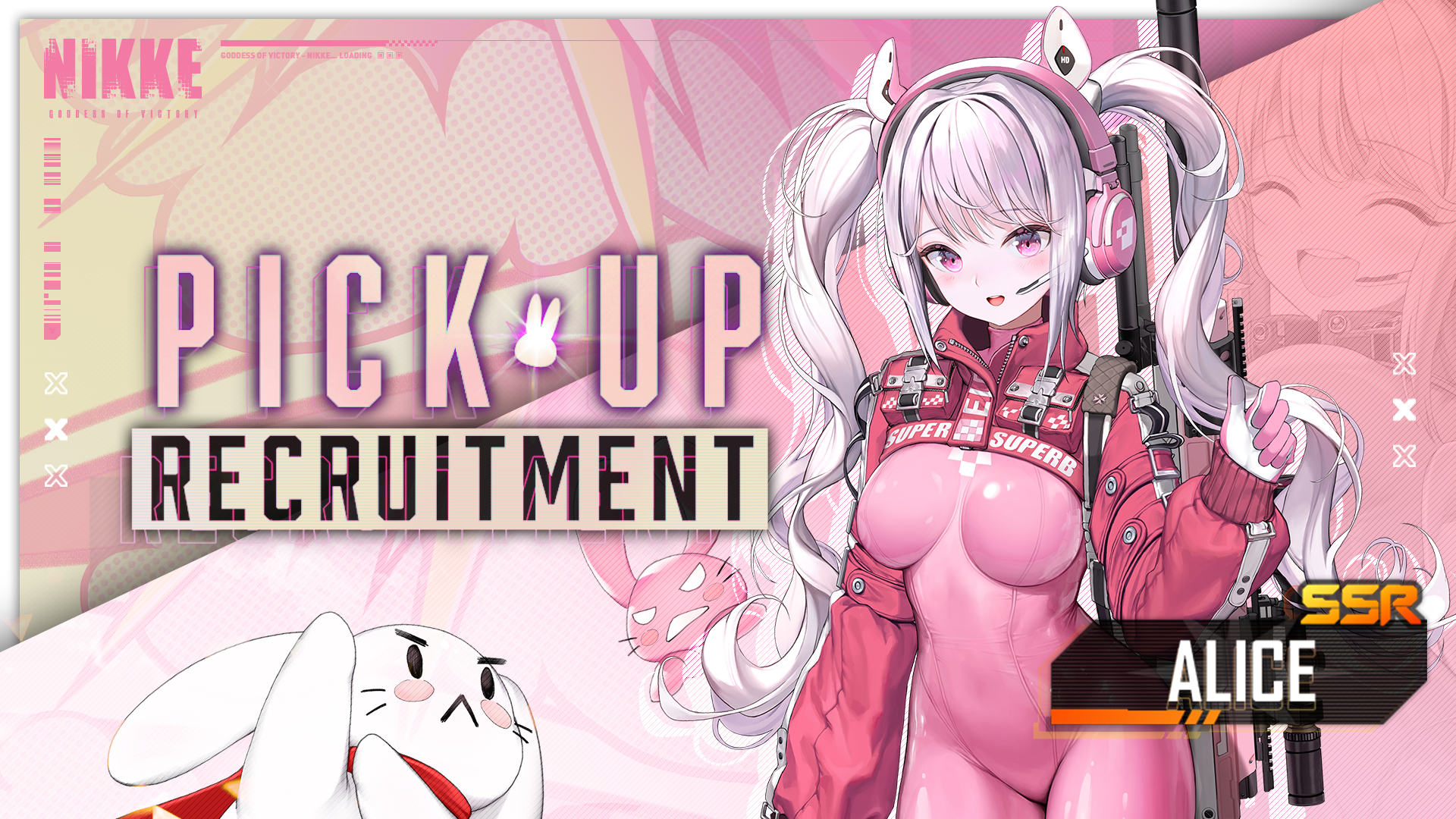Goddess of Nikke Tournaments and Arena Builds: Competitive & Esports Trends
In the ever-evolving world of Goddess of Victory: Nikke, competitive play is gaining traction. From casual Arena matchups to full-blown tournaments, savvy commanders are carving out meta team builds and adapting to shifting esports trends. In this article, we’ll explore how Arena builds are shaping up and what the competitive future may hold for Nikke.
What Is the Nikke Arena & Tournament Scene?
In Nikke, the Arena functions as the game’s PvP mode, where players pit squads against one another in automated battles. After unlocking it (clearing early campaign stages), commanders can set both offense and defense teams to compete in Rookie Arena, SP Arena, and (in some versions) Champion Arena tiers.
Although official large-scale tournaments are not as prominent as in more established esports titles, the community has begun hosting ladder challenges, friendly tournaments, and ranked seasons, pushing the meta and spotlighting top-level teams.
Meta Fundamentals: Speed, Burst, & Roles
At the heart of top-tier Arena builds lie a few nonnegotiables: speed tiers, burst timing, and well-balanced team roles. As many guides note, speed is measured in RLs (Recharge Levels) or SGs (Shot Gauges), with “3RL” often considered a benchmark for reliable burst timing.
Role Breakdown (DPS, Support, Defense)
- DPS is often the centerpiece: high burst damage dealers like Scarlet, Alice, or Red Hood are core picks in meta builds.
- Supports / Batteries / Buffers help maintain energy, improve survivability, or boost damage output.
- Defensive units / “walls” (tanks, revivers, invulnerability offers) help absorb or disrupt bursts. For example, units like Noah or Rapunzel can provide critical survivability during enemy burst windows.
The “perfect” defense rarely exists in a vacuum. Because Arena is automated, matchup interactions, CP gaps, and burst orders often decide outcomes more than pure roster strength.
Building Strong Arena Teams
To compete at a high level, here’s how players typically approach team construction:
- Prioritize speed stacking
Even supporting roles may need gear or traits to contribute to overall speed thresholds. Teams too slow often get outpaced before they can act. - Synergize bursts across squads
In SP or multi-squad formats, optimizing when each squad bursts (and in what order) can make or break matches. - Balance across your squads
You can’t pack all your firepower into one squad; weaker squads become targets. Spread roles like battery, support, and backup DPS across teams. - Identify counters
Every DPS has counters: heavy burst nukers often struggle against sturdy defenses or revivers. Meta awareness is critical. - Stay flexible and test often
Arena matchups are unpredictable. Rotate in alternate units to trial new combinations and react to shifting meta trends.
Esports Trends & Competitive Outlook
Though Nikke’s esport infrastructure is still emerging, some clear trends are taking shape:
- Community-driven tourneys
Skilled players and unions (guilds) are organically organizing ranked events, often streamed or shared via social platforms. - Tiered reward seasons
Arena seasons (14 days or more) with ranked payouts, vouchers, gems, or leaderboard rewards, give players goals beyond climbing. - Meta evolution via patching & balance
As developers introduce new Nikkes, balance changes, or gear shifts, the meta continually adapts, rewarding those who stay current. - Content creators & analytics
The rise of meta breakdowns, team showcase videos, and guides helps foster a competitive culture and disseminate optimal builds. - Potential official tournaments in the future
As the player base matures, we may see developer-sanctioned league play or official esports tournaments, especially regionally.
Final Thoughts
“Nikke tournaments” may not yet rival the scale of AAA esports franchises, but competitive play in Goddess of Victory: Nikke is rapidly gaining structure. Arena builds now demand deep knowledge of speed tiers, role synergy, and meta counters. For ambitious commanders and fans, this evolving environment offers both a challenging ecosystem and a front-row seat to how gacha titles can grow into competitive spaces.



